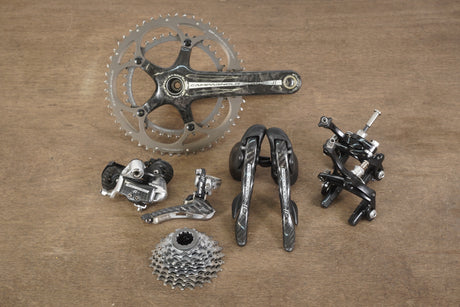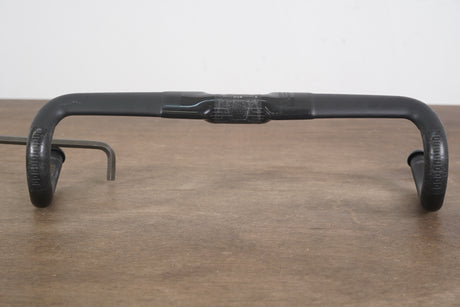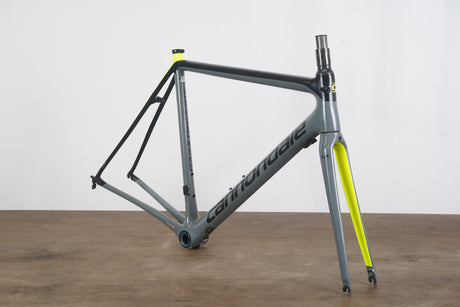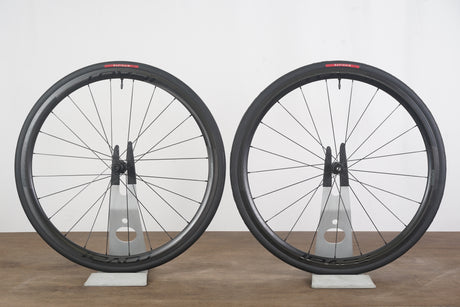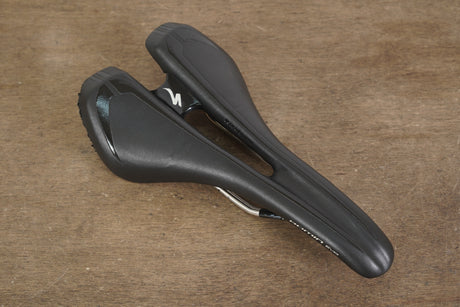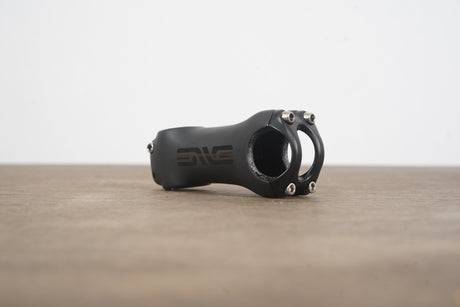If you’re chasing speed, efficiency, and performance, the question quickly arises: what is the lightest material for bikes? The answer is crucial because frame material affects not just weight, but also comfort, durability, and cost. Let’s uncover the facts so you can make the smartest choice before your next purchase.
The Lightest Material: Carbon Fiber
The lightest material commonly used for bikes today is carbon fiber. It’s prized for its unmatched strength-to-weight ratio, allowing manufacturers to create frames that are both incredibly light and stiff. This makes carbon bikes a top choice for road racing, climbing, and competitive cycling.
How Carbon Fiber Compares to Other Materials
- Carbon Fiber – The lightest option, offers excellent stiffness and aerodynamics. Ideal for performance riders.
- Titanium – Slightly heavier than carbon, but provides a smooth ride and outstanding durability. Great for endurance.
- Aluminum – Lighter than steel and cost-effective, but not as light as carbon. Perfect for entry-level riders wanting a balance of performance and price.
- Steel – The heaviest option but valued for comfort and durability. Best for touring and riders who prioritize longevity.
Why Cyclists Choose Carbon
Carbon isn’t just about being the lightest—it’s also about performance advantages:
- Climbing power – Less weight means faster ascents.
- Acceleration – Quick sprints with minimal wasted energy.
- Customization – Carbon can be molded into aerodynamic shapes for speed-focused riders.
Is Carbon Always the Right Choice?
While carbon is the lightest, it’s not always the best fit for every rider. If you’re racing or want maximum performance, it’s the clear winner. But if you’re commuting daily or need a bike built for decades of use, aluminum or titanium might be more practical options.
FAQs
1. Is carbon fiber durable enough for everyday riding?
Yes. Modern carbon bikes are designed to handle normal use, but they can be more vulnerable to sharp impacts compared to metal frames.
2. Why is carbon fiber more expensive?
Carbon fiber production is labor-intensive and requires advanced molding techniques, which drives up cost. The performance benefits, however, often justify the investment.
3. Do professional cyclists only use carbon bikes?
In most road races, yes. Carbon dominates the professional scene thanks to its lightweight, stiffness, and aerodynamic capabilities.

